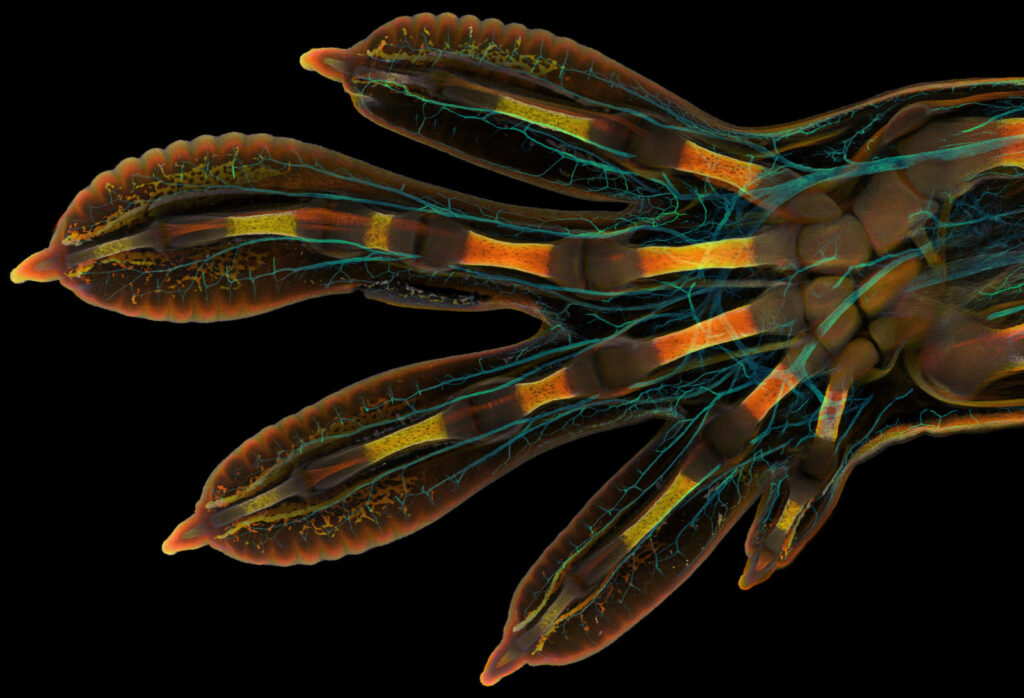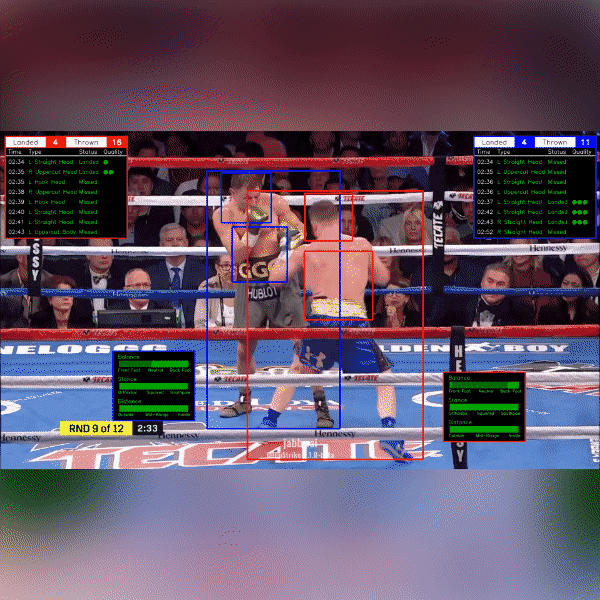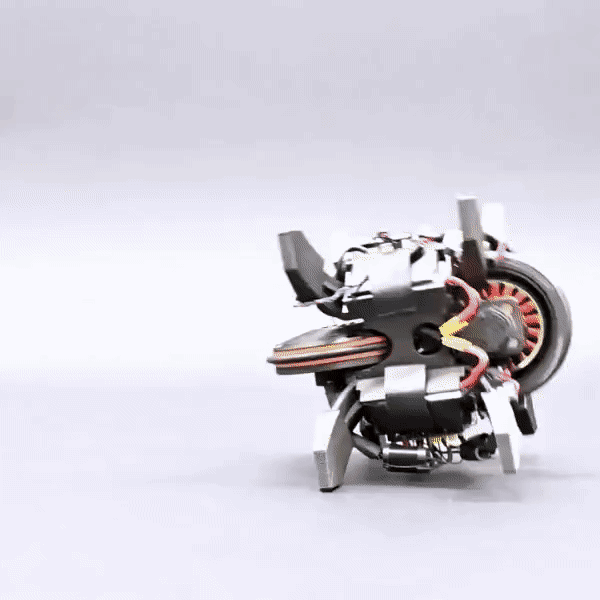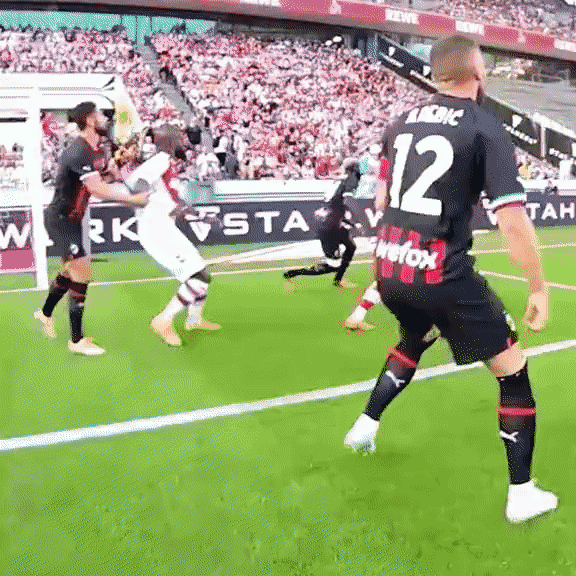By Charles Carter, 23/10/22
Lithuanian photographer Eugenijus Kavaliauskas captured the face of a Carpenter ant under 5X magnification and it’s terrifying.
Closely resembling an Orc from Lord of the Rings, the snap received an Image of Distinction award in the Nikon Small World 2022 Photomicrography Competition.
Having achieved recognition in bird photography over the last two decades, Eugenijus is now focusing on capturing stills of insects and the awards are coming already.
How does it work?
He used a Canon EOS R camera with a Mitutoyo microscopic lens and illuminated the demon ant with reflected light.
In photomicrography – photographing using microscopes – there are different ways of illuminating the specimen: bouncing light off it from above (reflected), shining light through from underneath (transmitted) and laser scanning (confocal) are some examples.
The specimen here, Carpenter ants, are indigenous to many forested regions of the world and are 8 to 25 mm long.
As their name suggests, they build nests in wood by chewing through it, spitting out the material as they go.
Amazing though the picture is, Eugenijus’ shot didn’t even make the top 20 of the competition.
The winning pic was of an embryonic hand of a Madagascar giant day gecko by Grigorii Timin and Dr. Michel Milinkovitch from University of Geneva.

What are the potential benefits?
Being able to see the very small through microscopy has had a major impact on society since Dutch eyeglass maker Zacharias Janssen invented the microscope in the 16th Century.
From medicine to material science, seeing the tiny structures in nature has unlocked breakthrough innovations.
Celebrating the striking images each year through competitions helps to spread knowledge and could help to inspire innovators to develop new microscopy methods.
And we now understand that Carpenter ants are mean as hell, at least to look at.
Questions for you. Comment below
- First thought that comes into your head?
- Pros and cons according to you?
- Other applications of this approach?
- What could this be combined with?
Links
https://www.nikonsmallworld.com/galleries/2022-photomicrography-competition/ant-camponotus



